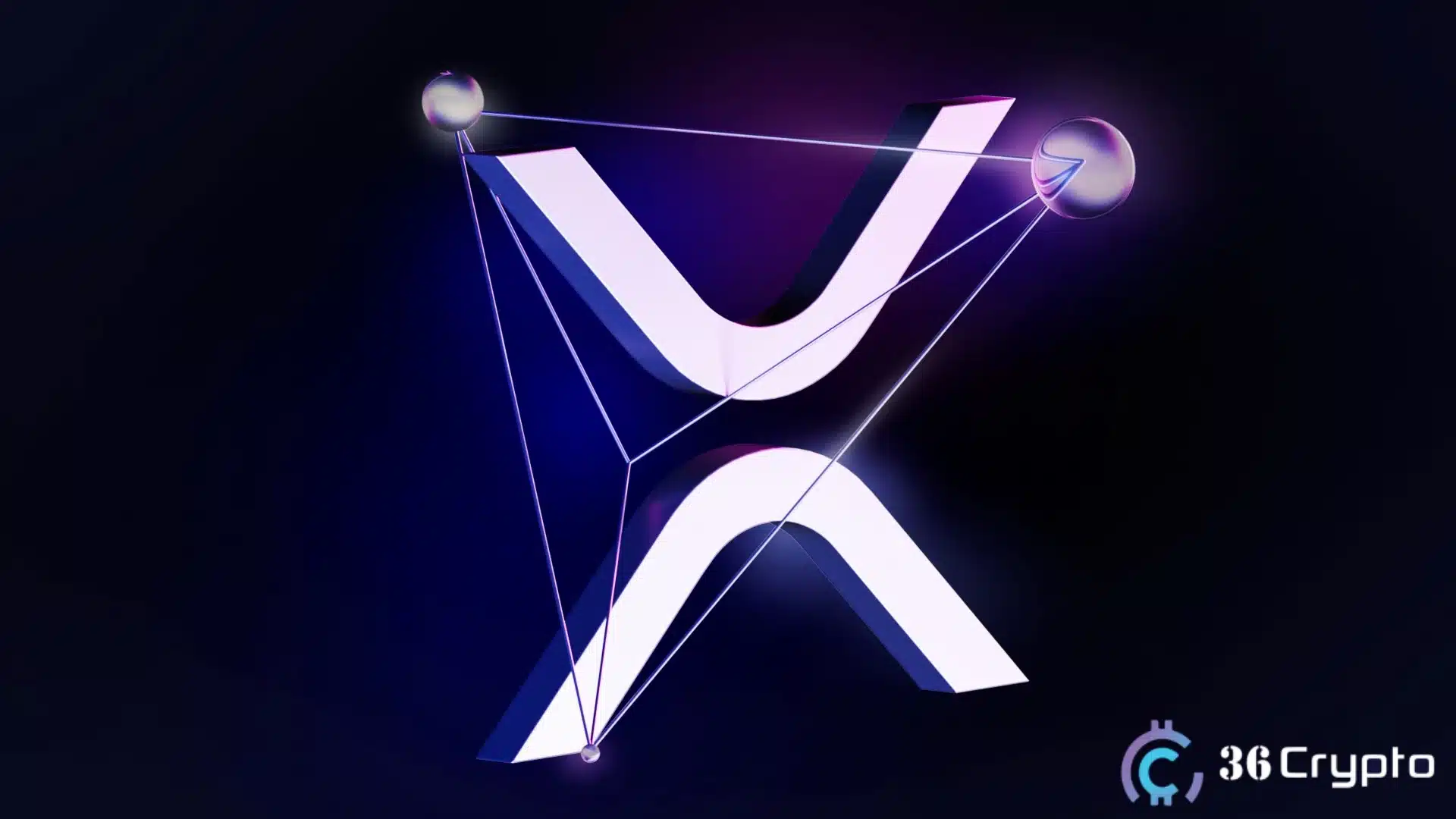Last updated on November 4th, 2024 at 04:30 am
Ripple’s partner, Peersyst Technology, has successfully activated significant amendments to the XRPL EVM Sidechain. These changes, driven by community consensus, have introduced new transaction fee structures in XRP and enhanced interoperability with the Cosmos ecosystem.
XRPL Sidechain Updates Fees for Efficiency Boost
The first of these changes, Amendment 33, was targeted at revising the network’s transaction fees. This modification aligns the sidechain’s fee structure with those of other leading blockchain environments, such as Binance Smart Chain and Polygon. By adjusting the gas price to reflect a more production-like environment, this amendment aims to bolster network security and scalability. The intent is to maintain fees at a minimal level, thus encouraging higher transaction volumes and user adoption.
Read Also: Self-Mined Success: Core Scientific Generates $175M in Bitcoin
Concurrently, Amendment 34 has expanded the network’s capabilities by activating Inter-Blockchain Communication (IBC) channels. This integration with the Cosmos network facilitates seamless cross-chain transactions and broadens the utility of the XRPL EVMSidechain. By enabling the transfer of assets between the Ripple sidechain and other blockchains within the Cosmos ecosystem, this amendment paves the way for a more interconnected and versatile blockchain network.
Community-Driven Process Fosters Innovation
The activation of these amendments followed a structured community engagement process, with a seven-day voting period concluding on May 6. The Ripple community’s approval of these proposals underscores the collaborative approach Ripple has fostered within its user base. This participatory decision-making process is instrumental in ensuring that the network evolves in alignment with the needs and expectations of its users.
The successful implementation of these changes also reflects the robustness of the Ripple EVM sidechain’s governance model. Utilizing a proof of authority (PoA) consensus mechanism, the sidechain operates independently yet remains interconnected with the primary XRP Ledger through the XRPL bridge. The core consensus technology, CometBFT—a variant of the well-regarded Tendermint engine—supports this arrangement by providing a reliable and Byzantine fault-tolerant framework.
With these amendments, the XRPL EVM Sidechain has enhanced its appeal to developers looking for a flexible and efficient platform for deploying EVM-compatible applications. By eliminating the need for network votes for each new application, the Ripple EVM sidechain offers a streamlined process for innovation. Developers can now more readily test and deploy applications, leveraging the sidechain’s capabilities without the procedural overhead typically associated with blockchain development.
Read Also: Judge Torres May Dismiss SEC Fine Against Ripple Labs

